 Fair question!
Fair question!One correspondent asks it.
A "relic" is no more than a memento of someone to remind you of them and particularly of your love for them.
To the left is a reliquary containing the relics of the Three Kings or Magi, housed in Cologne Cathedral.
My correspondent notes that Baptists keep the shirt of Martin Luther King even though that is the shirt he was wearing when he was assassinated.
Why do they do that?
Well, they wish to have a memento to remember him by and especially a memento of the day he died.
This is no different than the Catholic approach to relics.
Most people keep relics but, if they are not religious relics, sceptics don't take them to task for it.
My correspondent asks, if we keep what he calls "body parts" as relics, then why not "bodily fluids".
Actually, we do not keep "body parts" as relics. We keep inert items that have already decayed into a stable state or, in some miraculous cases, remained stable.
But let's consider the question in context.
Does a sceptic say to his work-mate who keep pictures of his family on his desk: "Hey, you! Why have you got a picture of your family on your desk! Why don't you keep some of their bodily fluids on your desk, too? Weirdo!".
Well, no, of course not.
Most people keep mementos of their deceased family, too, especially the ones they were closest to like their parents or children or, above all, a wife, husband or lover.
Why? Because we wish to treasure their memory and keep it in our hearts and minds.
Why? Because it reminds us that love is less transitory than life itself and we wish to remember the love we had for that person long after they have died.
It is, in short, an example of the timelessness and eternity of love.
Now if this applies to our relationships with other people, how much the more should it apply to our relationship with God and with the friends and family of the God who created us, sustains us and wishes us to be happy with Him in the next life.
No-one asks why a man keeps a memento of his late wife, whom he so much loved, on his desk. Why then should they ask why he also keeps a memento of God, whom he also loves.
No-one would ask him why he does not keep bodily fluids because the obvious answer is that it is not fitting. The less corruptible a relic the better it reminds us of the timelessness of our love.
Likewise with the humanity of God and the mutual love of God and man. In the case of God the Son, the Second Person of the Trinity, JESUS CHRIST, there can be no relics of the body simply because His whole body went up to heaven at the Ascension and did not decay.
We, therefore, venerate His Sacred Heart, as a symbol of His love for us, which is now in heaven.
The same applies to the Blessed Virgin Mary, His mother and our Queen and Mother for His sake. She was assumed body and soul into heaven at her Assumption because she was without sin, even Original Sin. Thus we venerate her Immaculate Heart which is in heaven.
With the saints we know that their bodies lie corrupted in the earth (with the exception of Enoch, "who walked with God and was seen no more because God took him" [Gen 5:24], and Elias who went up to heaven in a fiery chariot [4 Kings 11], both of whom are said to return at the end of time to convert mankind [Malachi 4:5 and other texts]).
 The Prophet Elias (Elijah) rising to heaven in a fiery chariot as the Prophet Eliseus (Elisha), his successor, looks on in awe crying out "My father! My father! The chariot of Israel and the driver thereof!"[4 Kings 11]
The Prophet Elias (Elijah) rising to heaven in a fiery chariot as the Prophet Eliseus (Elisha), his successor, looks on in awe crying out "My father! My father! The chariot of Israel and the driver thereof!"[4 Kings 11]We keep mementos of the saints out of love for them and also as a reminder to ourselves that their love and our love is eternal and will not be lost and that, in token thereof, even their bodies will rise on the last day and be resurrected like the body of Christ. It is a symbol of the conquest of death by love.
It is also natural to man because we naturally keep mementos of loved ones. But that is already a pre-figurement of the fact that loves survives death and is eternal and never lost. Every man or woman who has lost a loved one instinctively feels this. The Church teaches that this instinct is profoundly right.
My correspondent asks a few other questions. The answers follow from what I have already said.
Does God ignore the people venerating the fake/inaccurate relics?
God ignores no-one, least of all when we make mistakes. Why, then, would He ignore us when we make a mistake about a relic? The virtue is in the veneration, prayer and love. Why would God - or anyone - ignore that? God judges the heart not the origins of a piece of wood or cloth or metal.
Just as a husband keeps a memento of his wife as a reminder of her, and not of the actual memento, so with God. If the memento of his wife turns out to be actually a memento of someone else that may be a bit embarrassing for the husband but it does not mean he had less devotion for his late wife, does it?
Or do the people venerating the real ones just get a bonus?
Love is not to be measured in terms of "bonuses" like shares on the Stock Exchange or the Dow Jones Average.
God measures man by how much he loves for "charity shall cover the multitude of sins" [1 Peter 4].
I don't doubt the existence of a prepuce or circumcision-I just can't imagine someone sane not only keeping a foreskin but keeping it long enough and trying to get other people to touch it.
Unfitting mementos are plainly not what relics are for.
Circumcision was, for the Jews, what baptism is for us. It was (and is) the rite of initiation for a Jew. Not all cultures are as squeamish as modern American culture can sometimes be.
However, I tend to agree that christening mugs and baptismal gowns are more fitting mementos than severed pieces of flesh and for the reasons I have already said.
The more corruptible the relic, the less fitting it is to be a memento since, for obvious reasons, it will corrupt and disintegrate all the quicker and so is a less fitting symbol of the eternity of love and charity.
A lasting memento is much better as a remembrance of that which lasts longest of all, namely love.
I guess it's no more foolish than the Buddha Tooth temples or the mob scene at Ayatollah Khomeini's funeral.
Buddha tooth temples, perhaps, but not mob scenes.
They must be amongst the most corruptible of things. They come, they agitate, like some unstable chemical compound, they are often filled with hate, they often do terrible damage and then they quickly fade away like a wisp of smoke.
A mob is hardly an appropriate memento of the longevity of love.
Relics are a form of devotion that is natural to man. Just as we keep sporting relics, familial relics, relics from our past days, as a student, in the Army, of various jobs done and so on, so, too, we keep relics of a religious nature.
It is simply natural.
Moreover, it is hallowed by sacred tradition and all of the Holy Fathers of the Faith promoted the keeping of sacred relics.
 The Shroud of Turin: a relic of the burial shroud of our Lord miraculously imprinted with the Holy Face
The Shroud of Turin: a relic of the burial shroud of our Lord miraculously imprinted with the Holy Face...
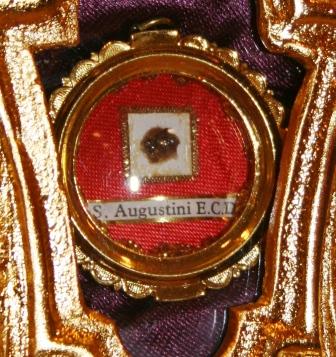









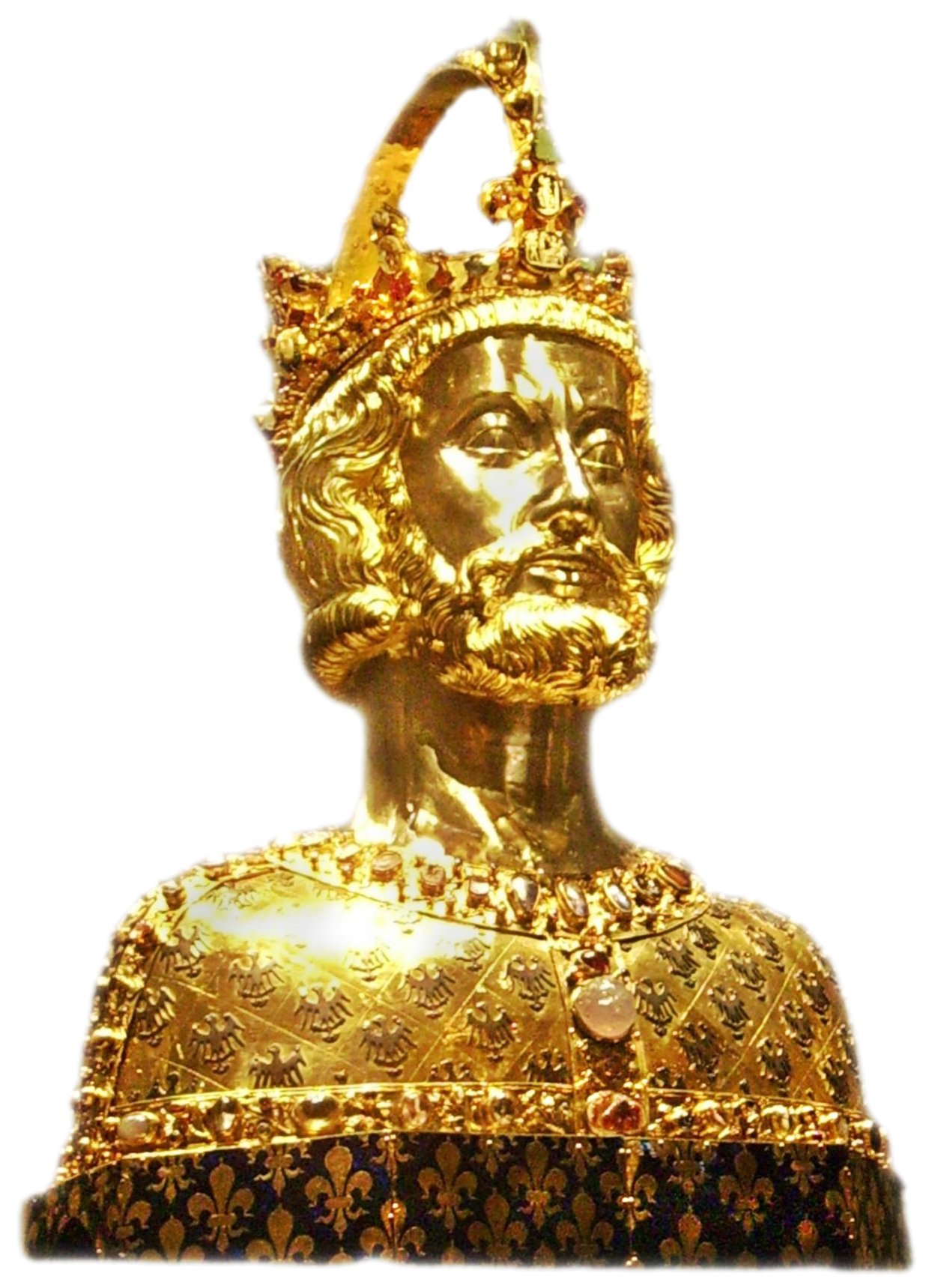



.jpg)


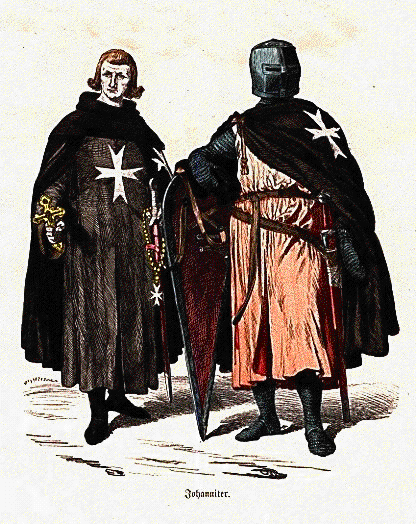

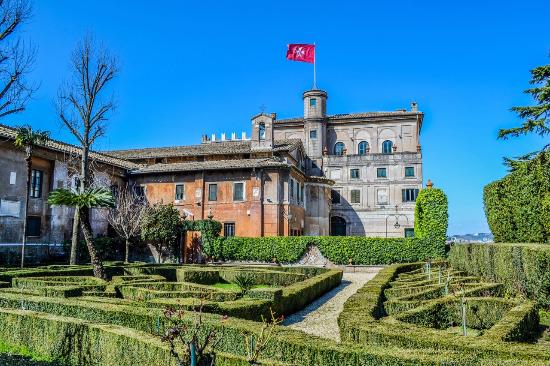


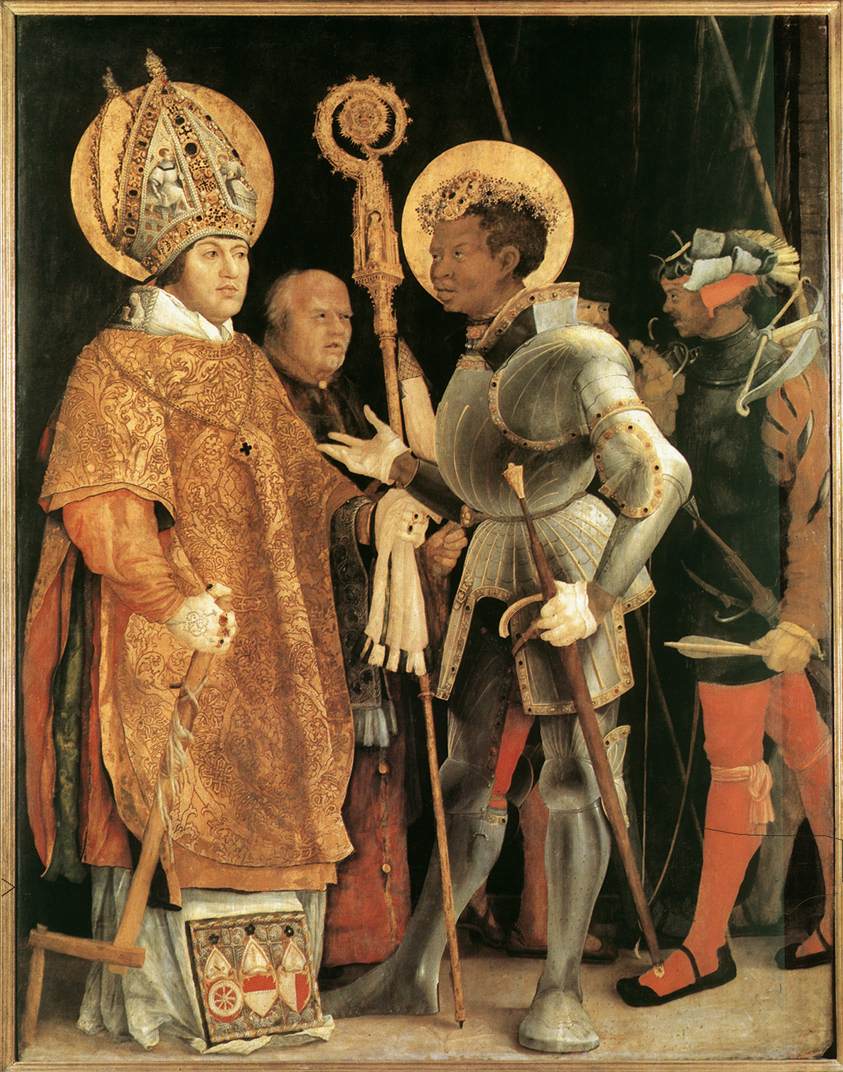
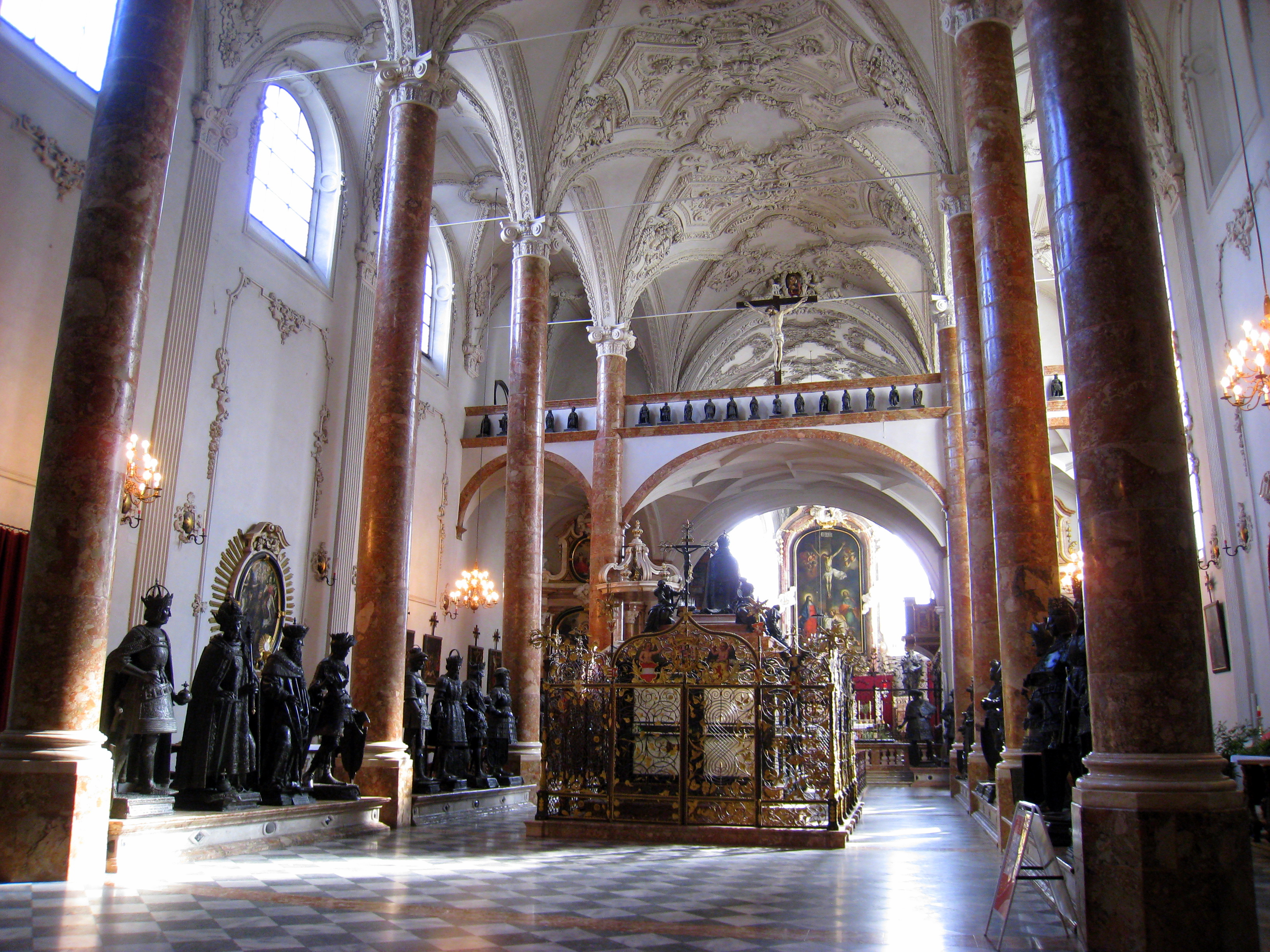


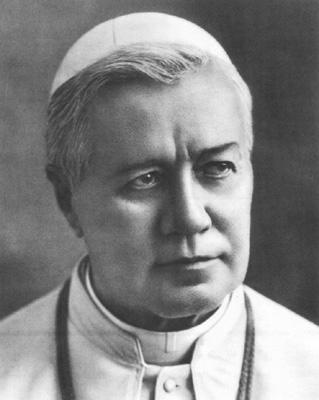














_-002.jpg/220px-Circle_of_Anton_Raphael_Mengs,_Henry_Benedict_Maria_Clement_Stuart,_Cardinal_York_(ca_1750)_-002.jpg)



6 comments:
So the relics of Gennaro in Naples (his blood that turns from dried to liquid) and (in the Middle Ages)the relics of the virgin Mary's milk were false?
I had the privilege of seeing the contents of the reliquary vault at St. John Cantius in Chicago last week.
Magnificent and breathtaking.
Dear Bradley,
If they are then so what?
It makes not one jot of difference to the Catholic faith.
The Church does not propose any of them for definitive - or indeed any - belief.
They are a matter of private devotion.
Both St Thomas More and Erasmus saw many relics which they were both highly sceptical - and very amusing - about.
But your logic is hardly impeccable.
How do you derive anything about St Gennaro's blood or the Virgin's milk from what I wrote?
I never mentioned them - still less whether I believed in them.
I am beginning to think that logic may not be your strong suit...
Thanks Flambeaux. I had no idea that St John Canty had got that far!
please link to: www.catholicheritage.blogspot.com
Another lovely and informative post from you. Thumbs up!
Post a Comment